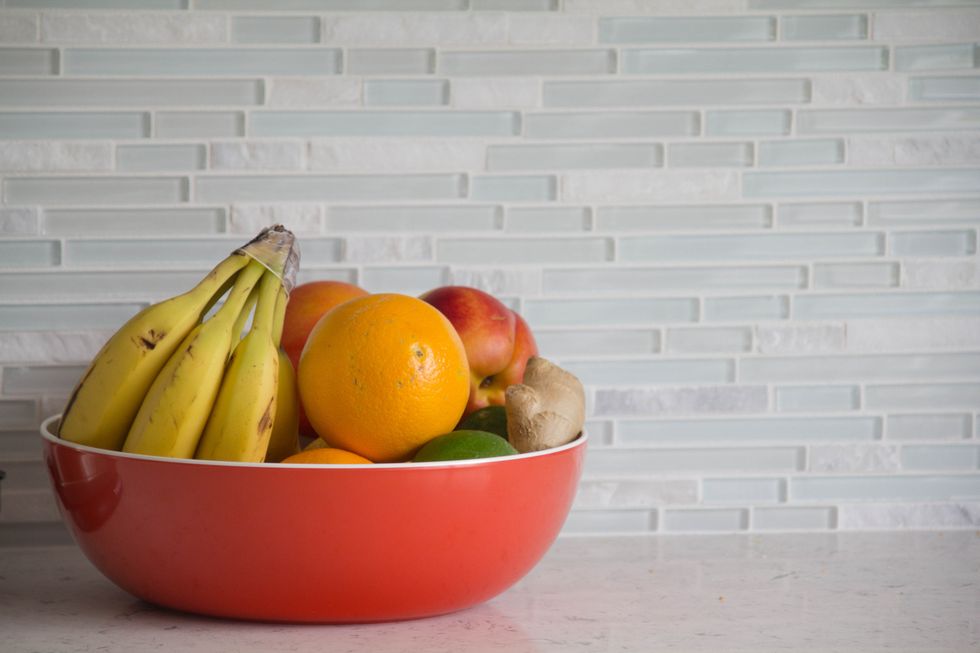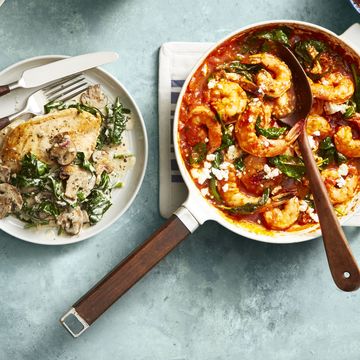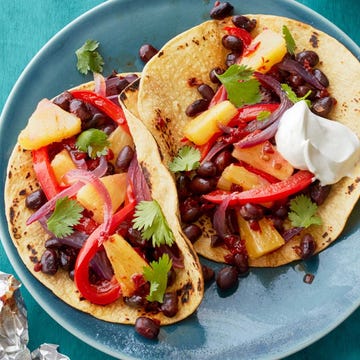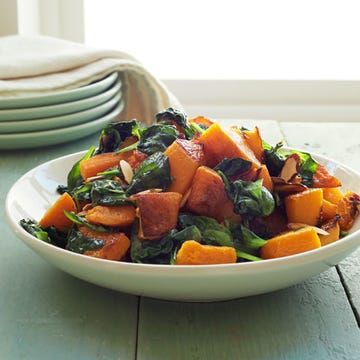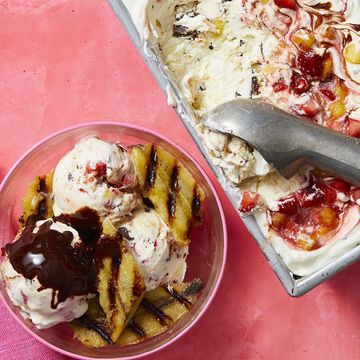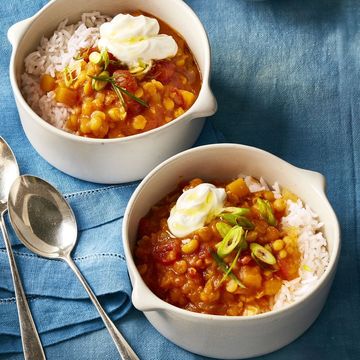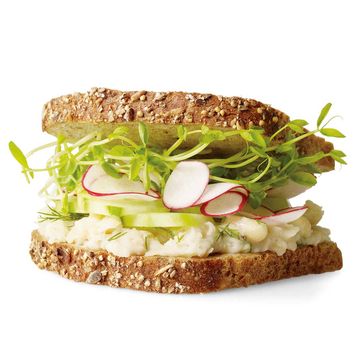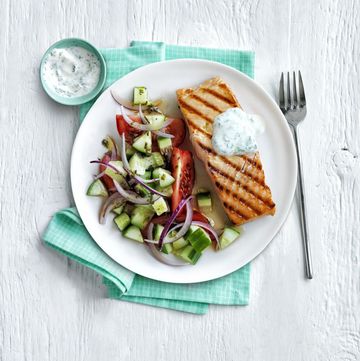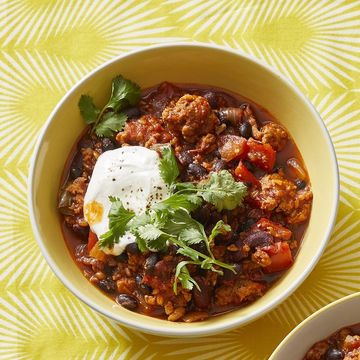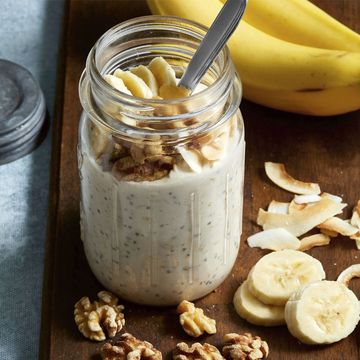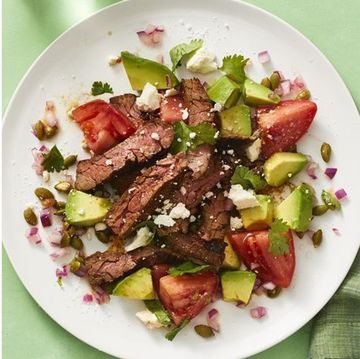It's no stretch to say that getting kids to eat healthy foods can be a bit of a challenge. The good news: There are easy ways to incorporate the nutritious stuff, says Ali Sweeney, actress and mom of two (ages 11 and 7). "Parents want their kids to be healthy and they may think it has to be complicated, but simple food is often better for them," she adds. Here she shares some tips on how to seamlessly add more wholesome foods into your kids' meals, without a whole lot of extra work.
1. For breakfast, gussy up basics.
Mornings can often be the most chaotic part of the day, so sticking with what works is key. "A classic low-sugar cereal is a win for the kids and a win for you because they love it and it's easy on your end," says Sweeney. She recommends adding fruit to the bowl—like blueberries or raspberries, ideally ones you don't even have to slice—for extra fiber, vitamins (like vitamin C) and minerals (such as potassium). Also, when picking out cereal, look for a box with 5 grams of sugar or less per serving, so your kids won't be halfway to the American Heart Association's recommended added sugar limit of 25 grams so early in the day.
2. Leave nutritious stuff on the counter.
A fruit bowl makes a nice decorative statement in the kitchen, but it can also get your kids to eat healthier. "If fruit is the first thing they see, they'll actually reach for it," notes Sweeney. On the flip side, stash away any other food in the house like crackers or pretzels—cluttered countertops can cause mindless oversnacking, one study from the Cornell Food and Brand Lab found.
More From Woman's Day

3. Swap your sandwich spreads.
If sandwiches are your kids' go-to lunch, this year try a slight variation, particularly when it comes to the spread. So, for example, if you're making turkey sandwiches, switch out mayo for hummus, advises Sweeney. The benefit: Your kids will get extra protein and fiber. Plus, hummus adds extra flavor to the sandwich—a bonus for your youngsters.
4. Keep fresh produce prechopped and at the ready.
Convenience is key for kids—they're way more likely to want something that's grab-and-go like chips. With a little prep, you can make the healthy stuff just as handy. "Your child isn't going to ask you, 'Can you cut up the cantaloupe?'" says Sweeney, but they'll definitely enjoy it when you do. So take a quick moment to slice up anything from cucumbers to celery, kiwis to honeydew. Then store them in clear plastic containers in the front of the fridge, so they'll be easily visible and accessible to young ones.
5. Get them involved.
When kids get to help prepare meals, they'll feel a sense of accomplishment, Sweeney says, plus they'll grow familiar with wholesome foods. "They'll feel like they are a part of that healthy meal," she adds. "When we're done, my kids will say, 'I made this, Mommy!'" When cooking together, Sweeney also uses the time to teach her kids about nutrition. "I'll say, 'This is why you can't eat three ice creams—it's not good for your body.'" It's better to teach them the benefits of good foods and the pitfalls of the not-so-healthy stuff now, notes Sweeney, rather than later, so they can eat well for a lifetime.


